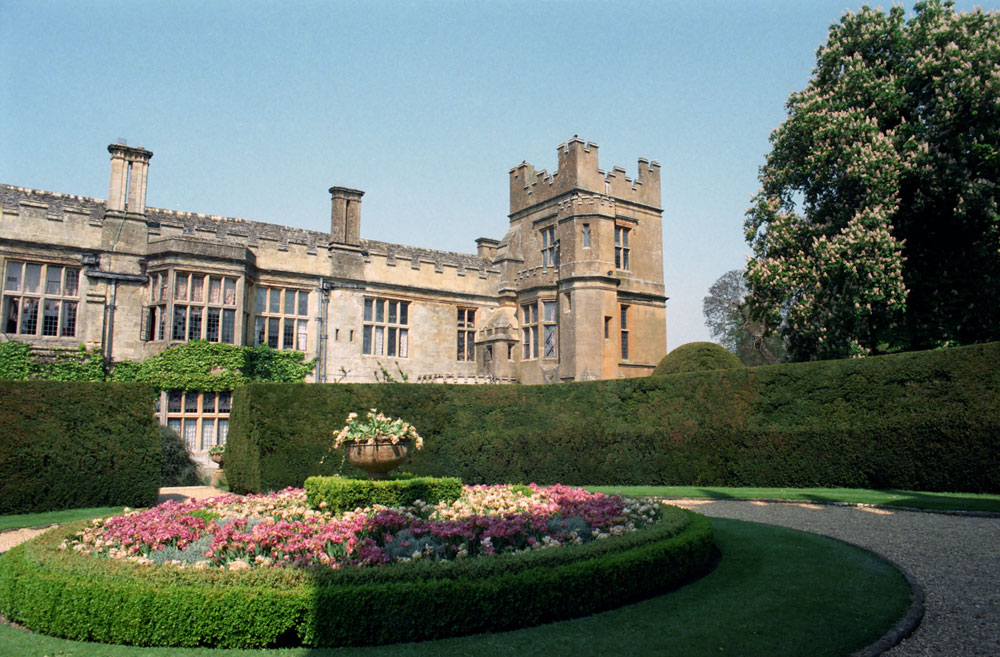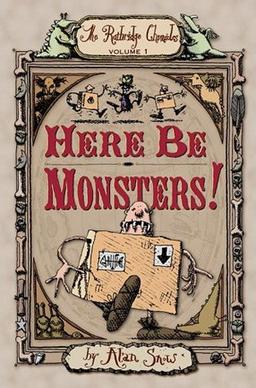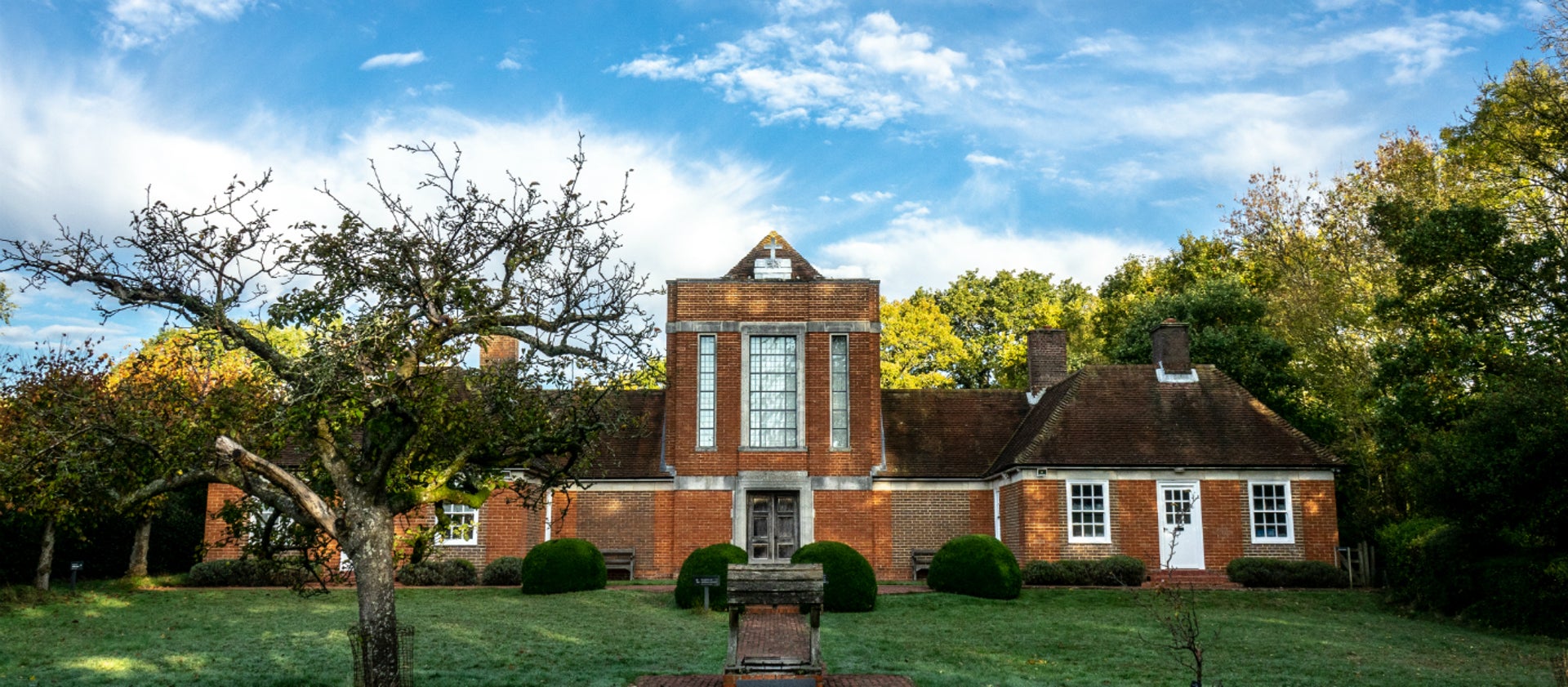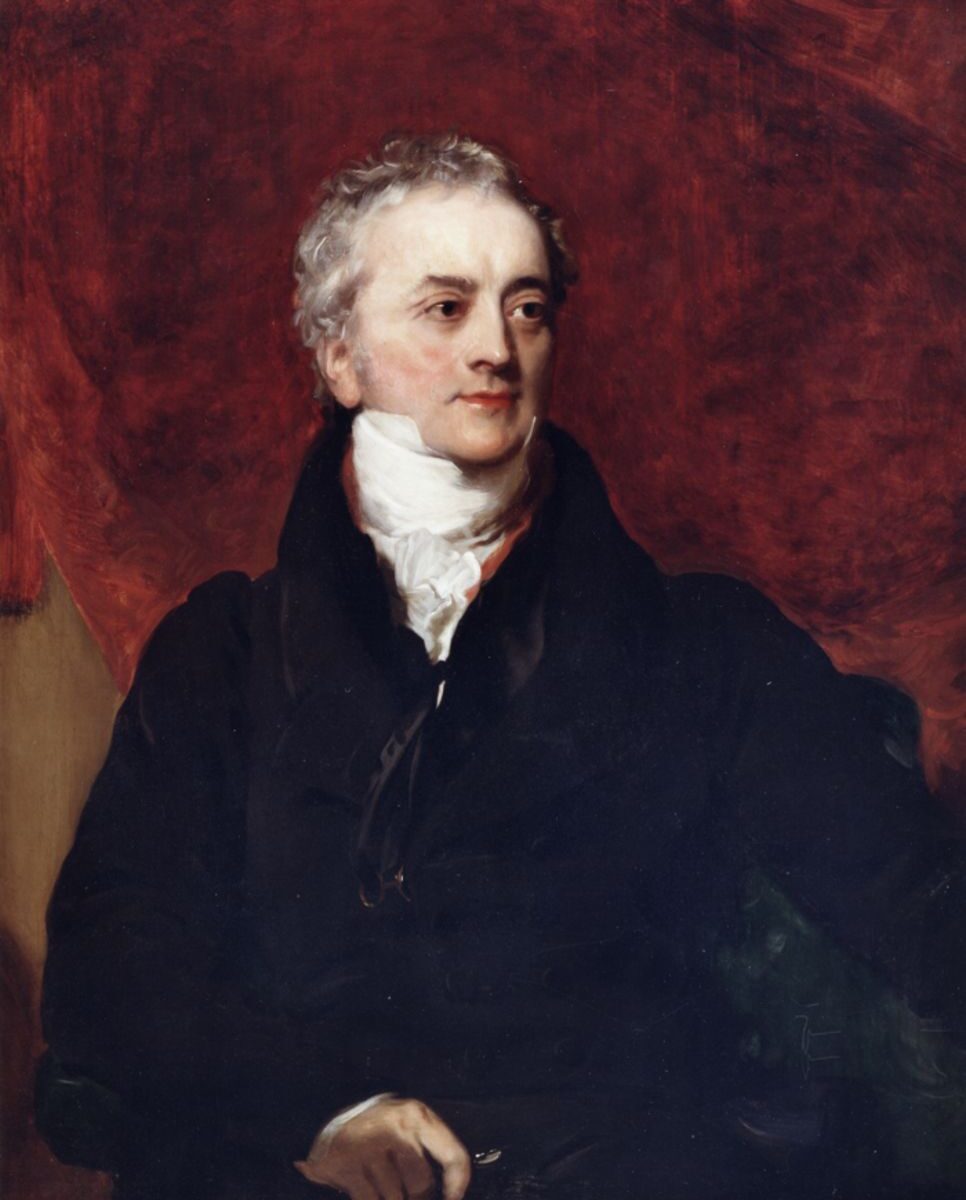Sudeley Castle, near Winchcombe, is one of the Cotswolds’ premier attractions. It is known to have been the site of a manor since Saxon times, when Ethelred Unrede gave it as a wedding gift to his daughter Goda. It was fortified during the Anarchy, when its then-owner, John de Sudeley, sided with the Empress Matilda (or Maud). However, it was seized by King Stephen and turned into a royal garrison.
The oldest parts of the present building date back to 1442, built by Ralph Boteler and funded by spoils obtained from the Hundred Years’ War. It is the only private residence in England to house the grave of a queen, Katherine Parr. After Henry VIII’s death, Parr married Thomas Seymour, the owner of the castle, with whom she had been having a long-running affair,
Today, set in a magnificent 1200-acre estate, Sudeley Castle is home to 10 different gardens, each with its own unique character. It also contains a collection of rare and exotic pheasants, an adventure playground, and its own cafeteria.
The postcode, for satnav purposes, is GL54 5LP. Stagecoach West service W (Cheltenham to Winchcombe) stops at the War Memorial, about ¾ of a mile from the castle.




